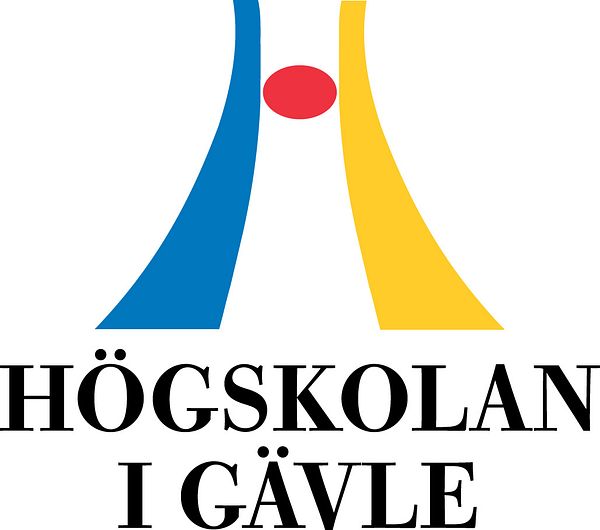Press release -
New research: Nocturnal lighting a much greater ecological threat than believed
An article published in Science reinforces the theory that the ever-expanding nocturnal lighting poses a threat to many species and organisms. “Our desire to illuminate all places jeopardises birds, mammals, insects, and even fish and corals, and we need to discuss measures,” says Annika Jägerbrand, a senior lecturer in biology at University of Gävle.
Science, one of the world's highest-ranked scientific journals, highlights the escalating light pollution and its significant impact on ecosystems. Light pollution causes, for example, further declines in insect populations, the loss of habitats for nocturnal mammals, and it disrupts species’ circadian rhythms and impacts on migratory species.

“In recent years, research on the escalating use of light in cities and even rural areas has shown a significant impact on animals and nature,” Annika Jägerbrand says.
Impact on various ecosystems
Excessive lighting from cities can make nocturnally migrating birds flying overhead become attracted to the urban lights instead of following their migratory routes.
“Birds get trapped in this light and become disoriented, which can lead to collisions with buildings, lighthouses, oil rigs, and ships. They may fall prey to predators or use excessive energy on the wrong activities, and they may be diverted from suitable stopover sites," explains Annika Jägerbrand.
Similarly, conventional street lighting often causes insects to get trapped in an endless loop under the lights, resulting in their death or in exhaustion. This effect can be significant in the global decline of insects.
“Fast-flying bats looking for food are attracted to the insects around the lights. This can lead to the disappearance of certain insect populations, which, in turn, can impact pollination.”
“Light pollution affects animals and biodiversity by disrupting behaviour, migration, and reproduction.”
New focus on oceans and water
Previous research primarily focused on terrestrial ecosystems. In recent years, however, scientists have started studying the effects of light on different fish species and coral reefs in aquatic ecosystems.
Lakes or rivers can often be found near cities, and waterways often flow through urban areas, such as in Gävle. Even fish are heavily affected by light from urban areas, and researchers are still unsure about the implications it may have.
“The light attracts fish and their predators, resulting in a change in species composition. It is also known that fish can become disoriented during their migrations in waterways.”
“There are two effects: organisms that are inadvertently attracted to light, which can impact their survival, and predators that can take advantage of this situation,” Annika Jägerbrand says.
"No planning for excessive use of light"
The fact that there is no planning for the excessive use of light is a grave situation, states Annika Jägerbrand. For example, use of light is often not considered as a factor when establishing nature reserves and protected areas.
“Moreover, there are no proper restrictions on how to limit light based on the varying sensitivity of different areas, and there are no threshold values for practical implementation.”
Today, countries come up with their own solutions, and we have excessive lighting everywhere. In Sweden, more and more areas that used to be dark are being illuminated, as the land between rural and urban areas is developed. Globally, light pollution is increasing dramatically, particularly in rapidly developing Asian countries and in the United States.
Satellite data reveals a significant rise in the amount of light emitted from Earth, indicating a drastic increase in outdoor lighting usage.
"We need to be much more restrictive in our use of outdoor lighting, and perhaps we should even consider avoiding it entirely in certain places when protected species are threatened, even if it causes inconvenience. We need to do so because sensitive and protected species are greatly affected even by low levels of light,” Annika Jägerbrand says.
---
Facts
Scientific article publiced in Science
---



---
Contact:
Annika Jägerbrand, researcher in biology at the University of Gävle
Phone: 070 - 234 04 61
E-mail: annika.jagerbrand@hig.se
Topics
- Science, technology
Education and Research at a Scenic Campus.
The University of Gävle has approximately 17 000 students, more than 50 study programmes and second-cycle programmes, about 1 000 courses in humanities, social and natural sciences and technology.
Research Profiles
Built Environment and Health-promoting Working Life are the general research profiles of the higher education institution. Important parts included are Spatial Planning with a specialisation in Sustainable Built Environment and Musculoskeletal Disorders with the purpose to prevent work-related injuries. In 2010, the higher education institution received permission to carry out third-cycle programmes in the profile area of Built Environment.
The higher education institution has applied for permission to carry out third-cycle programmes in technology, humanities and social sciences.
